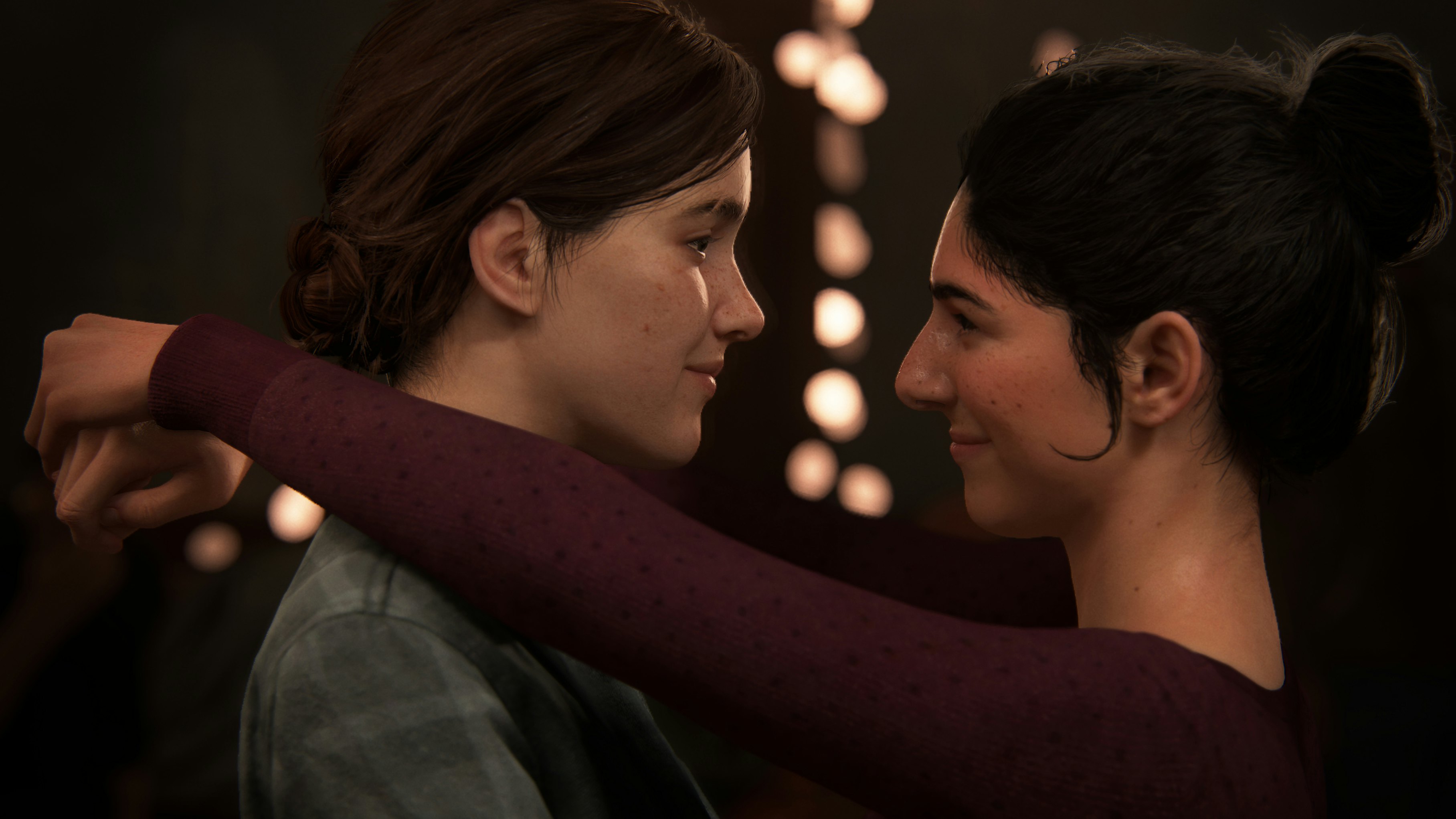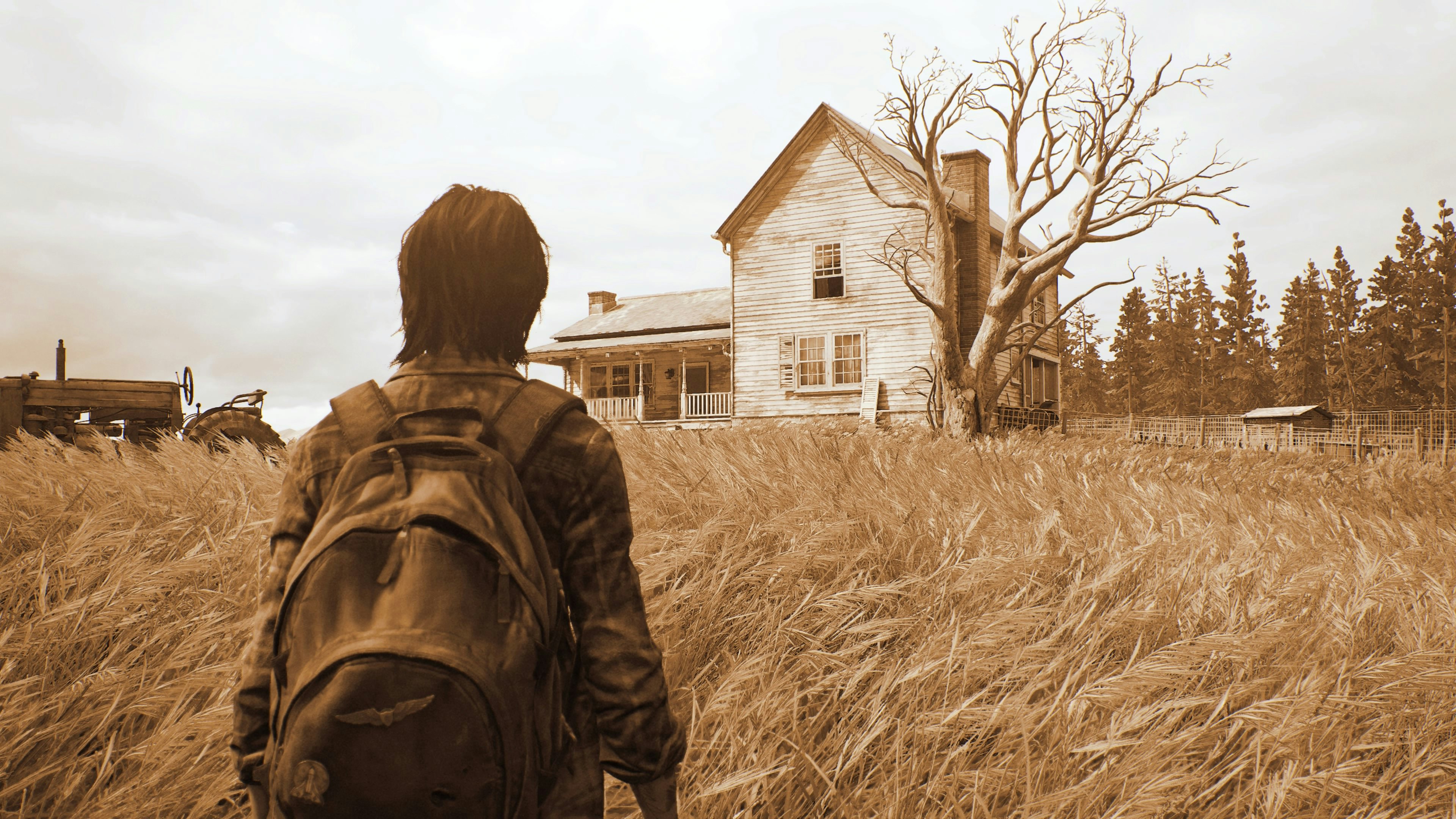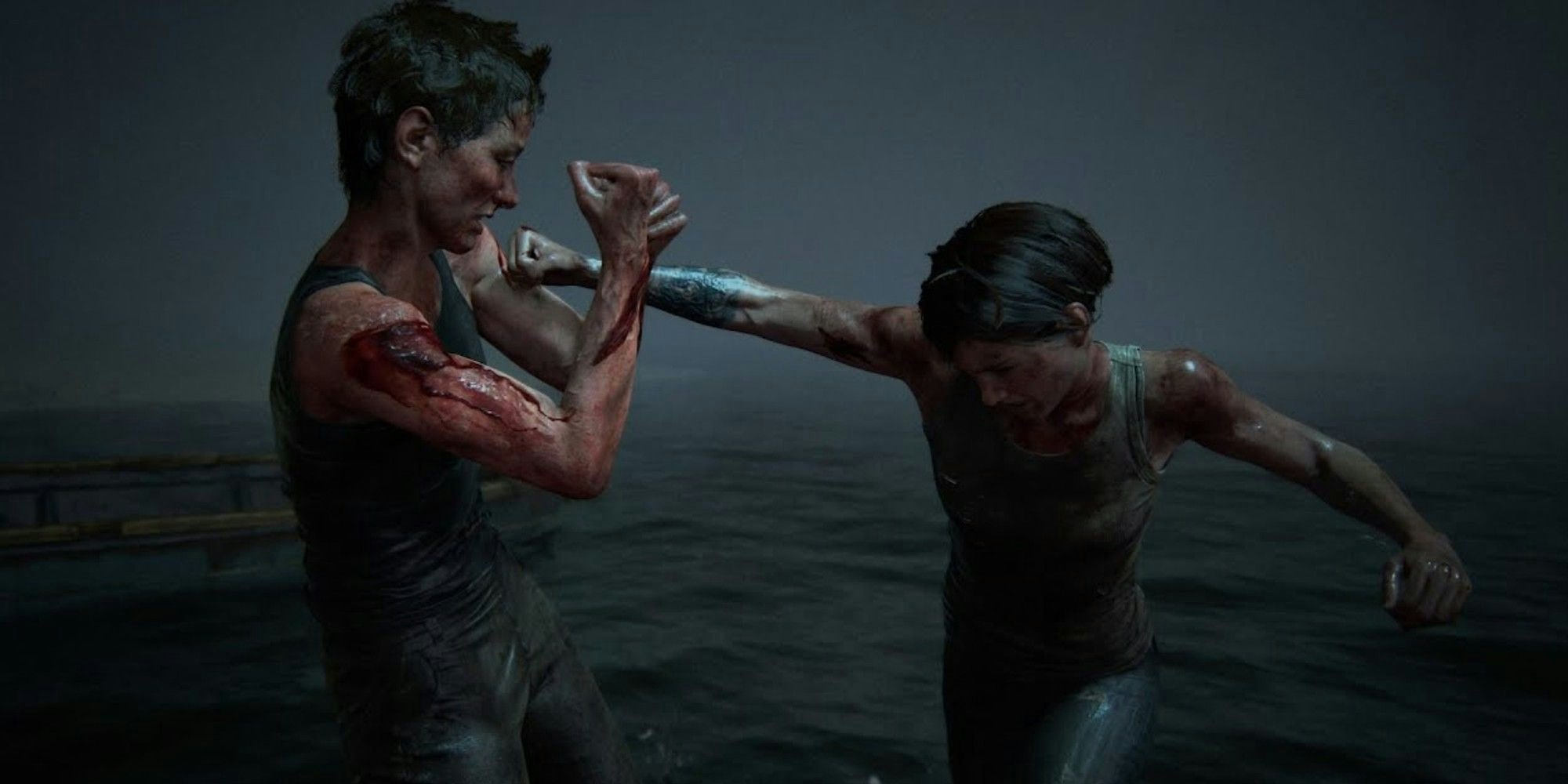
At the end of The Last of Us Part II, players leave Ellie at the lowest point in her life. In the pursuit of revenge, she alienates everyone around her and is left alone in the world, broken. While not confirmed, the success of the first two entries as well as a hit adaptation on HBO makes a third game seem inevitable.
So, when The Last of Us Part III does happen, it needs to complete the cycle of Ellie’s story — and give her the happy ending she deserves.
The Last of Us co-creator Neil Druckmann has stated that the series is about “cycles of vîolence.” The Last of Us Part II is a portrayal of the horrific harm that comes from these cycles, and how they are mostly meaningless. Ellie’s devotion to Joel leads her down a path that she may not be able to return from. Looking ahead, The Last of Us needs to bring the story full circle and give Ellie a path to redemption.
Warning! Ending spoilers ahead for The Last of Us Part I and Part II.

The Last of Us has quite a lot in common with Aeschylus's trilogy of classical Greek plays, the Oresteia, each part of which follows progressively more meaningless acts of cruelty enacted for less and less meaningful reasons.
The first play depicts the murder of Agamemnon by his wife Clytemnestra in retaliation for the sacrifice of their daughter, years earlier. The second play follows the murder of Clytemnestra by her son Orestes in retaliation for the murder of Agamemnon. The third play sees Orestes is pursued by the Furies out to avenge for the murder of Clytemnestra. It is easy to see how this chain of murders relates to The Last of Us. It also highlights that Ellie’s story has one more part left.
Each game in Naughty Dog’s series unravels different aspects of revenge. Joel’s climactic decision to eliminate the Fireflies and save Ellie from surgery at the end of Part I is a morally grey action that is rooted in a desire to enact some level of good in the world, despite its consequences. Part II shows those consequences when Abby murders Joel as revenge for the demise of her father (the surgeon in Part I) and shows how Ellie taking up the cause of vengeance leads only to more pain and suffering. Yet Part II’s ending sets the stage for Ellie’s redemption.

In the final confrontation between Ellie and Abby, Ellie finally decides to let go of her revenge quest and help Abby escape. Yet the damage to her own life has already been done. The home she had built with Dana and baby JJ is something she can’t return to. Part III needs to help her find that way back.
The Oresteia ends with the literal deus ex machina of Athena coming down from the sky to try Orestes in a court of law, establishing justice through law versus justice through revenge.
Much like Orestes in the final chapter of the Oresteia, Ellie in Part III would be followed by her demons — both literally and figuratively. In search of a way to close the cycle that has gone on too long, and still is likely to continue through the story of Abby and Lev, Ellie can find a road to redemption that involves meaningfully taking responsibility for her role in bringing so much pain to the world. But ultimately to keep The Last of Us Part III from being an even more tired and painful mediation on brutality, there needs to be a light at the end of the tunnel.
Throughout both The Last of Us Part I and II, the moments that make the world seem like it's still worth living in are those of hope and humanity. Specifically, Tommy’s community in Jackson represents the type of life that Joel always wanted Ellie to be able to live and the reason he saved her. Joel wanted Ellie to live the closest thing to a normal life she could. In closing her story, The Last of Us Part III needs to deliver on this and bring Ellie back into that world of humanity — letting her regain happiness and move past the need for any more bloodshed.







